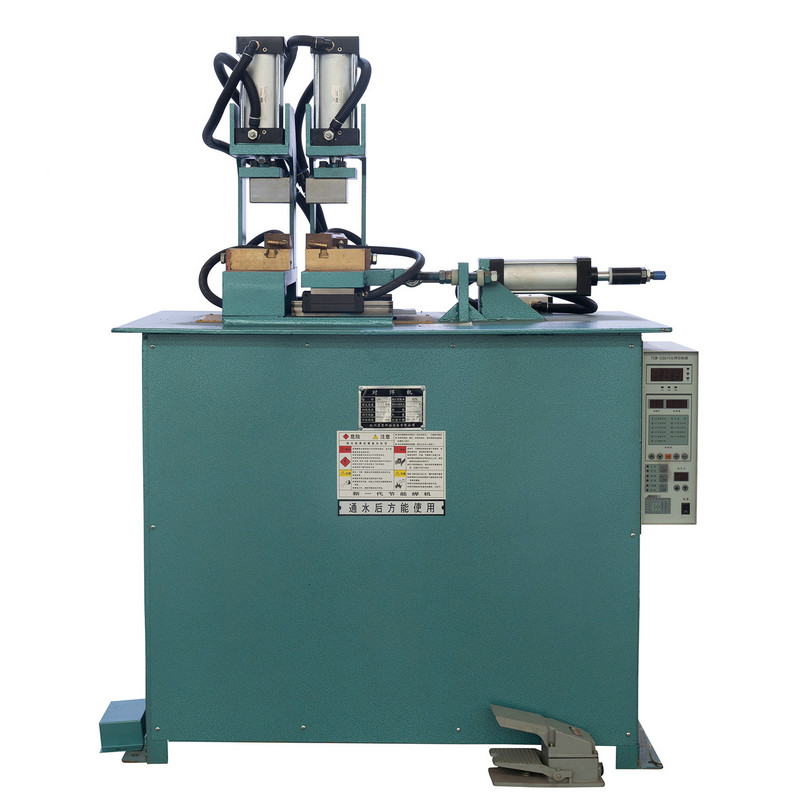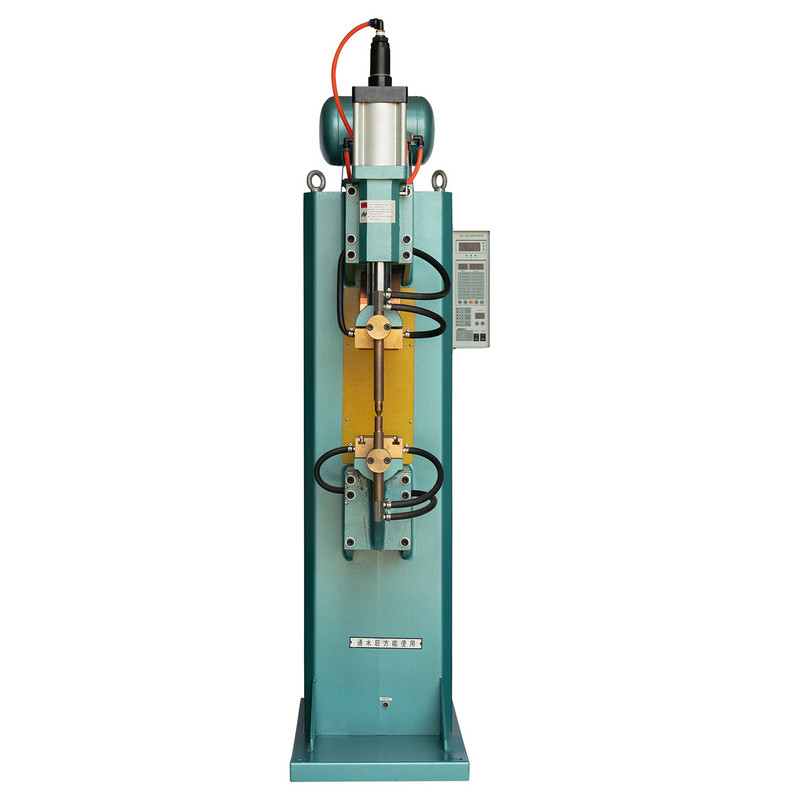1. Introduction
1.1 Background and Trends of Production Automation
With the rapid development of the global manufacturing industry and the continuous advancement of technology, production automation has become the key to improving corporate competitiveness. Automation can not only improve production efficiency, but also significantly reduce labor costs, reduce human errors, and improve production quality. Especially in some high-precision, large-volume production lines, automation technology has become an indispensable tool.
1.2 The role and limitations of human intervention in traditional production lines
In the traditional production model, human intervention plays an important role. From material handling to parts sorting and assembly, manual labor has always been an indispensable part of the production line. However, manual operation has problems such as long production cycle, low precision, easy to make mistakes, and high labor intensity. With the increasing requirements of modern production, the limitations of human intervention have become increasingly apparent, becoming a bottleneck restricting the improvement of production efficiency and quality.
1.3 The potential of modern technology to reduce human intervention
Modern technology, especially the emergence of automation equipment, artificial intelligence and intelligent control systems, makes it possible to reduce human intervention. By introducing automated equipment such as precision vibration plate feeders and nut conveyors, a large number of repetitive, low-value-added manual operations can be replaced, and the production process can be intelligent and without human intervention.
2. What is M4-M10 Vibration Plate Feeder Nut Conveyor?
2.1 Definition and basic working principle
A vibration plate feeder is a device that uses the principle of vibration to quantitatively and directional convey materials according to specific requirements. Through the periodic vibration of the vibration plate, the materials will be automatically arranged, screened and conveyed in a predetermined order along the set track.
A nut conveyor is a device specially used for conveying small pieces of materials such as nuts. It is usually composed of a feeding mechanism, a conveyor belt, a vibration device and an intelligent control system. It can realize the automatic conveying, distribution and classification of nut materials and improve production efficiency.
2.2 Historical development of vibration feeders
The origin of vibration feeders can be traced back to the early 20th century, when they were originally used for simple material conveying. With the advancement of technology, the design of vibration feeders has gradually developed towards intelligence and efficiency. Nowadays, vibration feeders can be applied to various complex production lines and have become one of the indispensable equipment in the manufacturing industry.
2.3 Application background of nut conveyors in the manufacturing industry
The use background of nut conveyors is mainly concentrated in production lines that require a large amount of efficient and precise material transportation. Especially in the automotive, electronics, machinery and other industries, the transportation and assembly of nut materials are key links in production. Traditional manual transportation is not only time-consuming and labor-intensive, but also prone to errors, affecting production efficiency. The introduction of nut conveyors solves this problem and greatly improves the automation level of production lines.
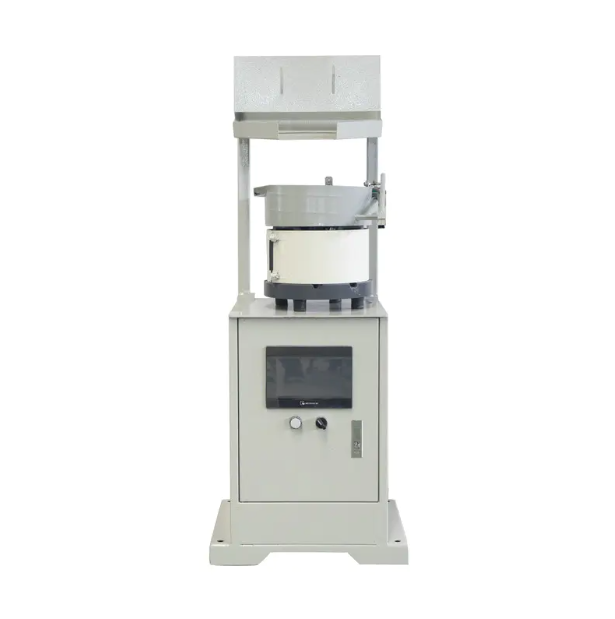
3. How does M4-M10 Vibration Plate Feeder Nut Conveyor reduce manual intervention?
3.1 Comparison between automation and manual intervention
In traditional production lines, the main tasks of manual intervention are manual assembly, transportation, classification, screening, etc. The introduction of automated equipment can completely replace manual intervention through precise control and efficient execution. Vibration plate feeders and nut conveyors can accurately adjust parameters such as vibration frequency and speed according to the characteristics of the material, and automatically complete these complex and repetitive tasks.
3.2 Accuracy and efficiency of vibrating feeders
Vibrating feeders can accurately convey materials in a certain order and speed. This accuracy not only reduces errors in manual operation, but also greatly improves the operating efficiency of the production line. Compared with manual operation, vibrating feeders can complete more work in a shorter time, greatly improving production speed.
3.3 How to replace manual screening, conveying, classification and other links
Vibrating feeders can realize automatic screening and classification of materials. Taking nuts as an example, nuts of different sizes and shapes can be automatically separated by vibrating feeders and conveyed along designated tracks. This process used to require manual screening one by one, which was not only time-consuming but also prone to errors. Modern vibrating feeders can ensure that each link is accurate and error-free through intelligent control systems, with almost no human intervention.
3.4 Intelligent features of nut conveyors
The intelligent system of nut conveyors enables them to autonomously adjust working parameters in different production environments. For example, the conveyor can automatically adjust the conveying speed according to the production rhythm, automatically identify the material type and classify it. At the same time, the nut conveyor is also equipped with an intelligent monitoring system, which can monitor the operating status of the equipment in real time, and automatically adjust or stop the machine for repair when an abnormality is found, further reducing the need for manual intervention.
4. Technical advantages of vibration plate feeders in reducing manual intervention
4.1 Efficient and accurate material quantification and classification
The vibration plate feeder can accurately deliver quantitative materials according to the characteristics of the material. For example, in the production process of electronic components, the vibration feeder can accurately deliver each electronic component to the designated location in a predetermined quantity and order to ensure the efficient operation of the production line.
4.2 Reduce human errors and production instability factors
Traditional manual operation is easily affected by factors such as work fatigue and distraction, resulting in an increased error rate. The vibration feeder can maintain a high degree of consistency throughout the production process through a precise control system, reducing production interruptions and quality problems caused by human errors.
4.3 Improve the continuous operation efficiency of the production line
The vibration plate feeder can operate uninterruptedly to ensure the continuous and smooth operation of the production line. Compared with the periodic rest of manual operation, automated equipment can achieve all-weather production, greatly improving production efficiency and product output.
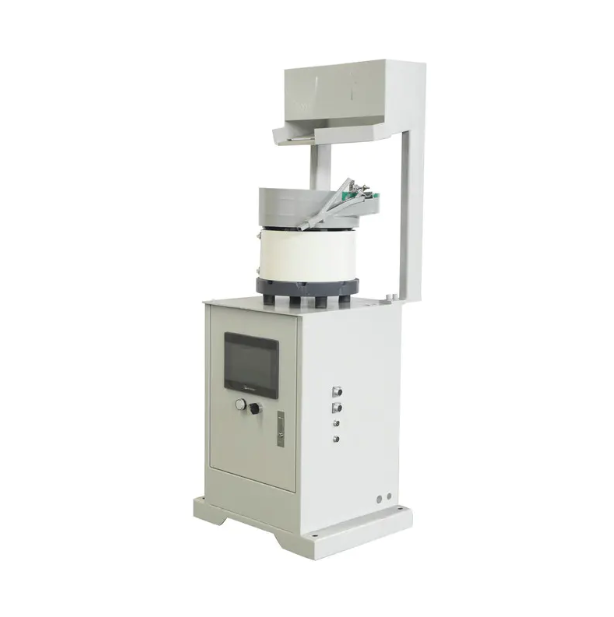
5. How does the automatic control system of the nut conveyor work?
5.1 Composition and function of the automatic control system
The automatic control system of the nut conveyor is usually composed of sensors, actuators, controllers and feedback systems. Sensors are used to monitor the position, quantity and status of materials in real time; actuators adjust the conveying speed, direction, etc. according to the instructions of the controller; the controller makes real-time adjustments based on the information fed back by the sensors to ensure the efficient and stable operation of the conveyor.
5.2 Technical advantages of the combination of mechanics, electronics and software
The nut conveyor not only relies on mechanical structure, but also combines advanced electronic technology and software control. Through the close cooperation of software and hardware, the conveyor can automatically adjust according to real-time data to ensure that every link in the production process is accurate and correct.
5.3 Real-time monitoring and adjustment: How to ensure stable operation of the system
The real-time monitoring system can detect any abnormalities in the production process in a timely manner through data collection and analysis. For example, the conveyor belt of the conveyor may be offset due to external factors. The monitoring system will detect this immediately and automatically adjust the position of the conveyor belt to ensure the normal operation of the production line.
6. Improvement of production efficiency by reducing manual intervention
6.1 Improvement of production speed and work stability
Through the vibration plate feeder and nut conveyor, each link of the production line can achieve efficient coordination, reduce the time of manual waiting and delivery, and improve the overall production speed. At the same time, the automation equipment can maintain consistency during long-term operation to ensure stable production.
6.2 Reduce labor costs and labor demand
The introduction of automation equipment can significantly reduce dependence on labor and reduce the labor costs of enterprises. Many repetitive tasks on the production line can be automatically completed by vibration feeders and nut conveyors, and employees can devote more energy to other more creative and technical work.
6.3 Reduction of labor intensity and employee safety
Manual intervention not only leads to low production efficiency, but also increases the labor intensity of employees and even brings the risk of work-related injuries. Automation equipment can reduce the operating burden of employees, improve work safety, and also save the medical and compensation costs caused by work-related injuries for enterprises.
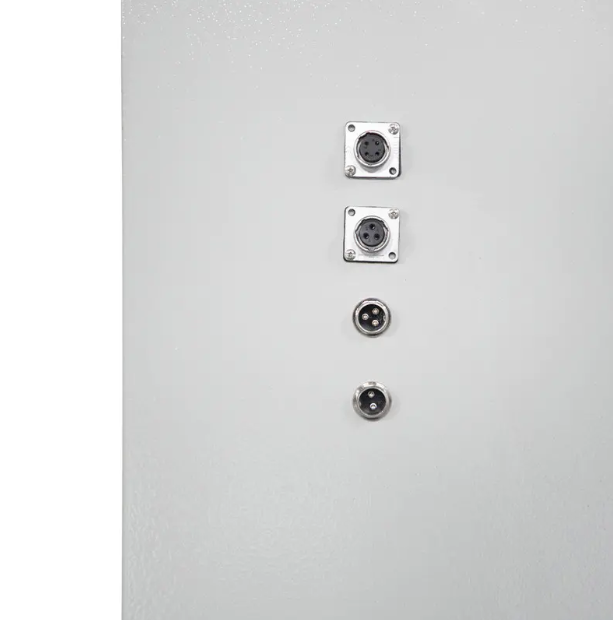
7. Impact of Vibration Feeder and Nut Conveyor on Production Quality
7.1 Improve product consistency and precision
Through the precise control of the vibration plate feeder, the handling of each material on the production line can be kept consistent. For example, in the production of electronic products, accurate material transportation and classification can ensure the high quality and consistency of the product.
7.2 Reduce product defect rate and rework costs
Due to the high efficiency and precision of the vibration feeder and nut conveyor, the defect rate of the product has been greatly reduced. The interference of human factors in the production process is reduced, so that each part can meet the quality standards, reducing the generation of rework and waste.
7.3 Guarantee of high quality standards
Automated production lines can maintain continuous high-standard operations to ensure that every work meets the requirements. The automation characteristics of the vibration feeder and nut conveyor ensure that every link from raw material input to finished product output is under fine control, helping enterprises to maintain high-quality production standards.
8. Conclusion
The application of M4-M10 Vibration Plate Feeder Nut Conveyor in modern manufacturing has greatly reduced manual intervention and improved production efficiency and quality. Through these automated equipment, enterprises can not only reduce labor costs and errors, but also improve the stability and efficiency of production lines. With the continuous advancement of automation technology, the production process will become more intelligent and efficient in the future, bringing greater economic benefits to all walks of life.








